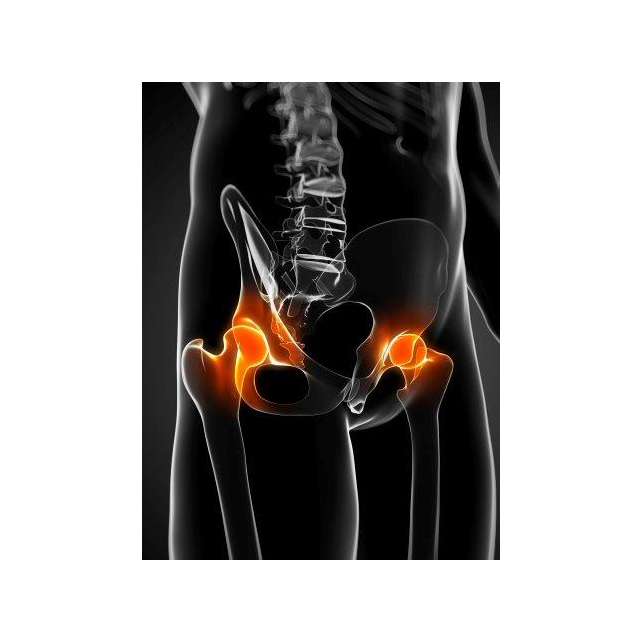 “What causes Femoroacetabular Impingement?”: What causes cam deformity and femoroacetabular impingement: still too many questions to provide answers. (Agricola & Weinans. 2015)
“What causes Femoroacetabular Impingement?”: What causes cam deformity and femoroacetabular impingement: still too many questions to provide answers. (Agricola & Weinans. 2015)
Why I like it: Short paper on where the current understanding is on the development of FAI. It provides a succinct summary on where the research is at on the development of the CAM lesion and the correlation between load and prevalence in soccer players.
Take home message: Current research into finite element models show that the development of CAM lesions may be due to stress and loading of the growth plate of the hip in flexed and external rotated positions.
- “What type of impairments might FAI patients present with?”: Physical impairments and activity limitations in people with femoroacetabular impingement: a systematic review. (Diamond, et al. 2015)
Why I like it: Systematic reviews are a great source of information for those whom are time poor and wish to obtain a summary of the current literature. This paper provides an overview of impairments and activity limitations that people with FAI may present with.
Take home message: People with symptomatic FAI may present with decreases in range into positions of hip impingement (namely internal rotation at 90 degrees flexion and hip flexion).
- “What outcome measures should I use in an FAI population”: Patient-Reported Outcome (PRO) questionnaires for young to middle-aged adults with hip and groin disability: a systematic review of the clinimetric evidence. (Thorborg, et al. 2015)
Why I like it? This paper pools and summarises the clinimetric properties with regards to patient reported outcomes in a hip and groin disability.
Take home message: Recommended patient reported outcomes, which can be used in adults (young to middle aged) with hip joint related pain are the: HOS, HAGOS, IHOT-12 and IHOT-33.

